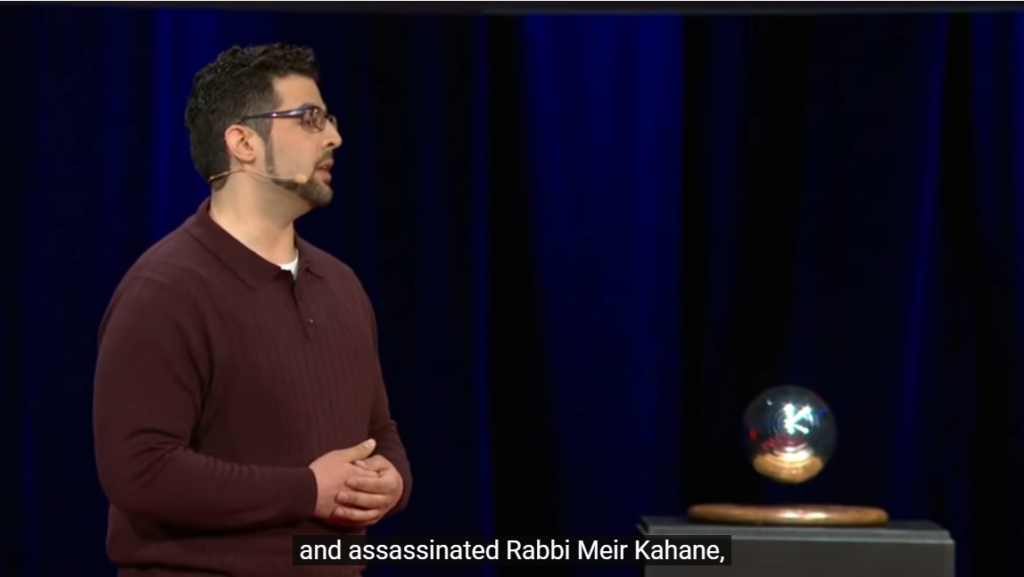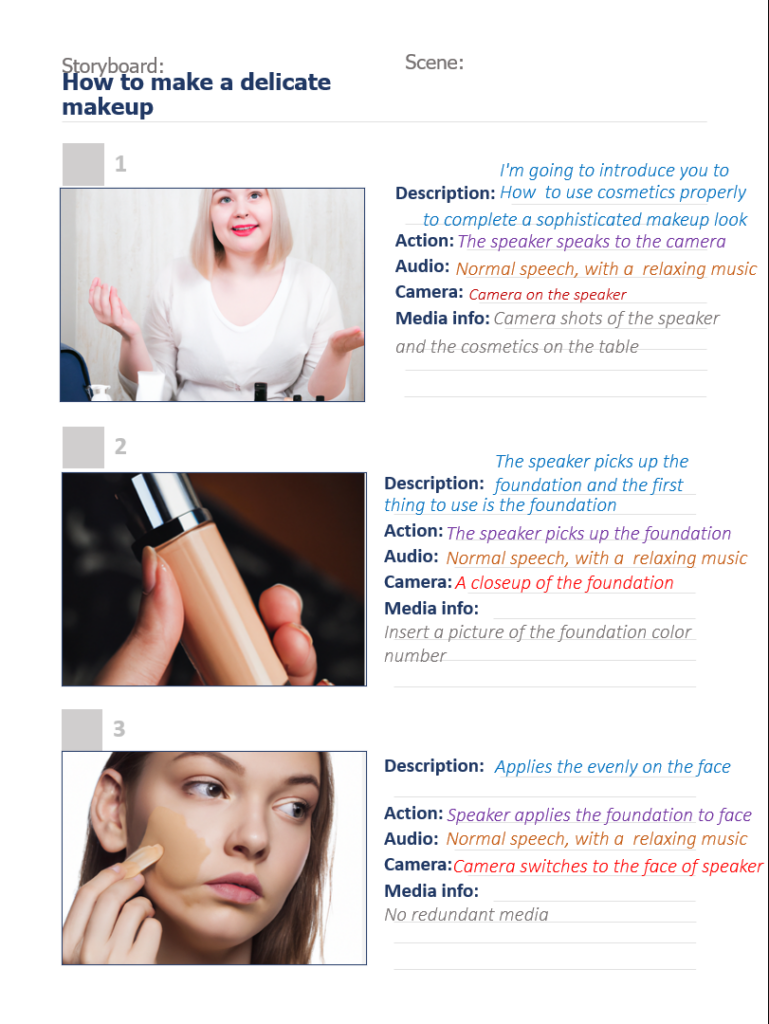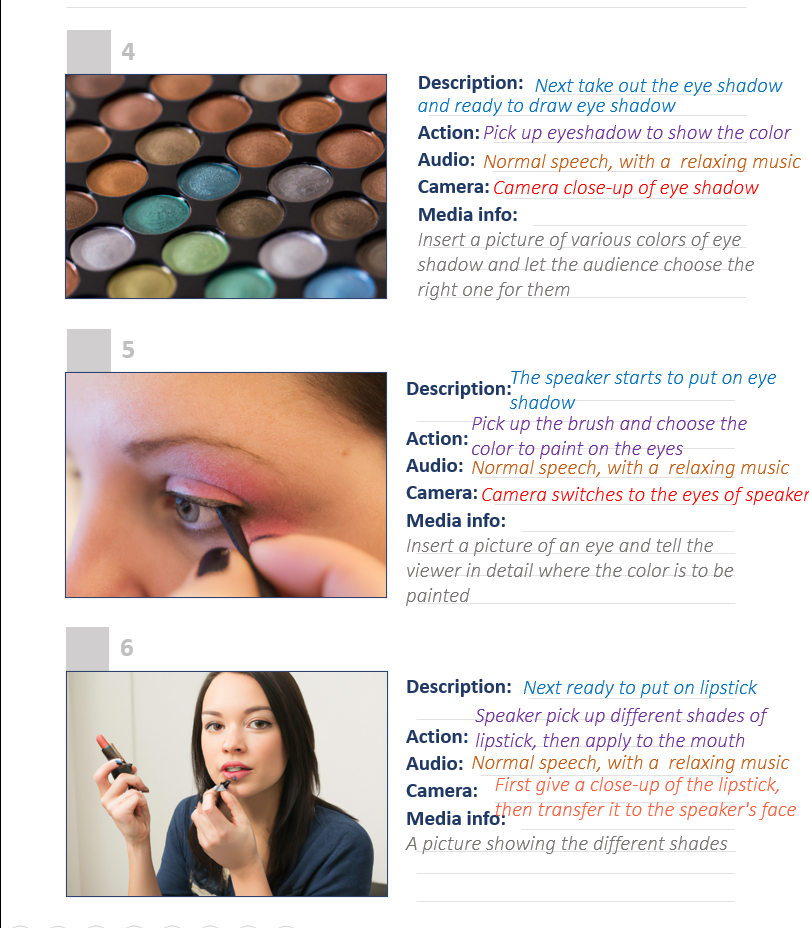Stories help people connect reality and theory very well. In my major class, I had a hard time understanding some specialized theories, but if the professor told a story as a more direct example, it was easy for me to understand and made learning more interesting. Storytelling does drive our imagination, drives our thoughts, and allows us to focus better on the story.
For example, in Rich Mccue’s storytelling example, the 46-second recording showed me what the 3-2-1 Backup Rule was, but I wasn’t impressed or interested. But after watching his video, through the story he told and the corresponding pictures, I deeply understood the importance of the 3-2-1 Backup Rule and was impressed with the story he told. In his video, which satisfies my auditory and visual senses, In his description of his student standing in front of him with tears sliding down her face very slowly made me see a sad girl, as well as the description of the story of the girl waking up from a friend’s house after the fire and learning that her laptop and the hard drive she backed up her data on had been completely destroyed, I also felt that sadness and despair. He follows Mayer’s segmenting principle as well as Mayer’s coherence principle, which summarizes the topic well and highlights the video’s focus through its brief content. It also follows Mayer’s Signalling principle, adding many pictures related to the story in the video, so that the audience can better immerse themselves in the story.
In the seven TED talks, each of these seven storytelling techniques I identified with and was interested in and was really engaged in while listening to them. But if I were to choose the one that appeals to me the most, it would have to be the third one: create suspense. At the beginning of the story, the speaker tells of an assassination, and a bombing attack, creating suspense that was very intriguing to me, and I was shocked when he revealed that the assassination and bombing attack was carried out by his father.

As Chibana (2015) says, a good story will always have conflict and plot. The speaker says he grew up with violence, but he did not grow up to be like his father.
Although it is stated in Mayer’s personalization principle that the narration process should be energetic and enthusiastic, it is also appropriate to change the tone according to the content of the story. For example, in Zak ebrahim’s speech, after all the difficult and painful things he went through, he was able to tell his story in such a calm tone that I was very impressed.
Next is my story template, my theme is how to complete a makeup look. When creating the story version, I tried to use DALL-E, an AI tool, to generate images. The more specific I described, the more it could generate images that fit my conditions, as well as being very detailed.


Resource: Chibana, N. (2015), 7 Storytelling Techniques Used by the Most Inspiring TED Presenters, VISME, retrieved from: 7 Storytelling Techniques Used by the Most Inspiring TED Presenters (visme.co)
Recent Comments